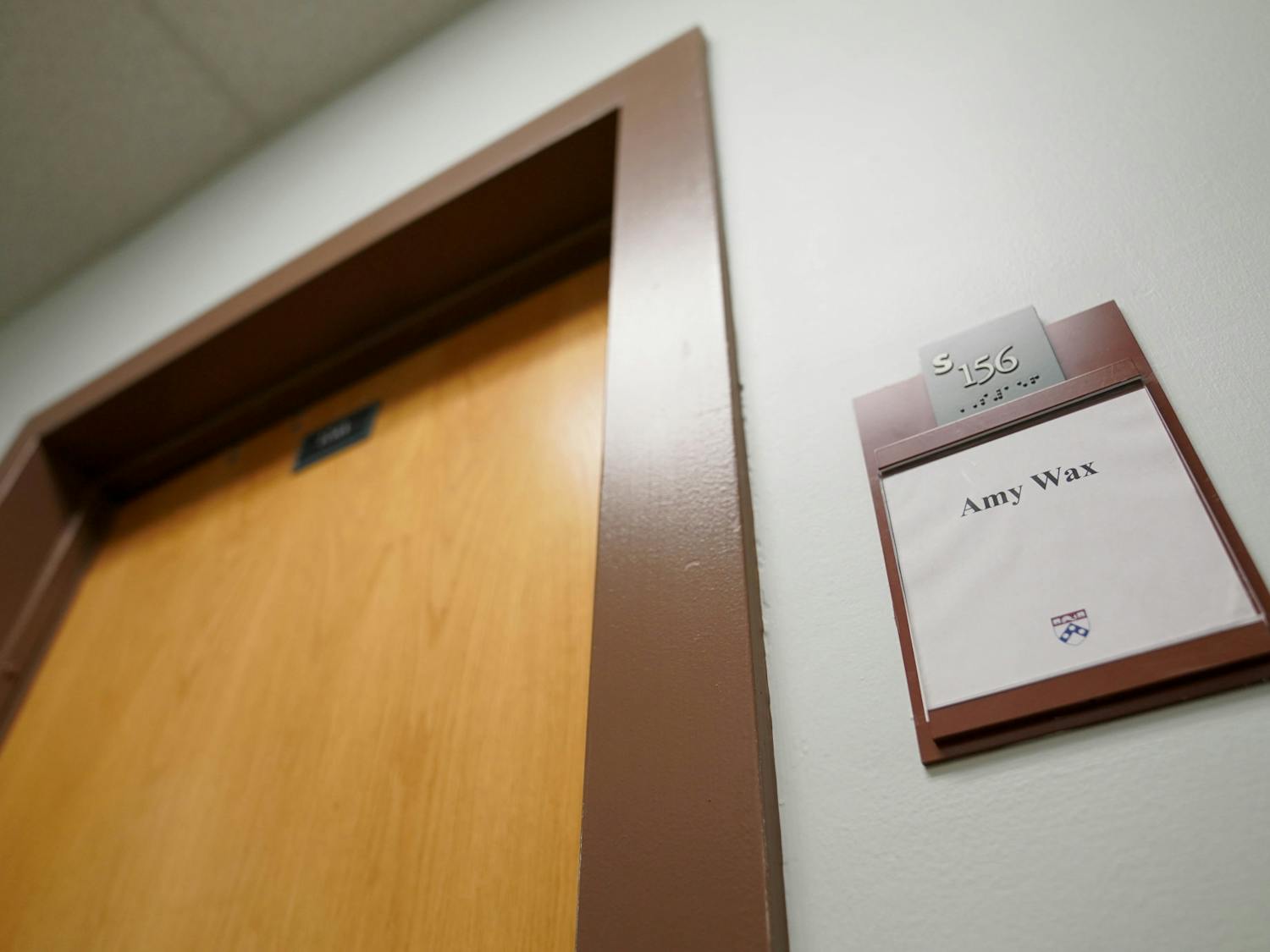For a long time, History professor Robert Engs personally knew all of the black faculty members on campus. He jokingly commented that through the '70s and much of the '80s all it would have taken was a single car crash for Penn to lose the demographic in its entirety.
The University has come a long way since then, said Engs, who has taught at Penn since 1972.
The numbers have grown, but the progress over the last decade has been slow, leading many to think that more can be done to increase the number of black professors on campus.
"My fondness for [former president] Judith Rodin is really extensive, but the fact is, and the numbers would bear this out, that the minority faculty numbers are pretty flat," English professor and Acting Director of the Center for Africana Studies Herman Beavers said. "I came here during Sheldon Hackney's presidency and we pretty much have the same number of black faculty that we had when I came here. Slight rises, but basically flat."
But officials currently have no actual numbers to support or rebut the claim.
The breakdown for black and other minority faculty is unavailable pending the delayed release of the University's minority equity report. The report, which should provide a definitive statistical analysis of the situation, was previously slated for release in 2003, but now the target date is sometime this academic year, according to Interim Provost Peter Conn.
Although the exact numbers are unknown, both faculty and administrators agree that Penn has not yet achieved a critical mass of minority professors, a problem that is not uncommon among peer institutions.
"Critical mass" essentially means that rather than appearing isolated, black faculty have a significant presence on campus.
"Critical mass in an institution or organization means that there are enough people of similar mind and similar identity such that they don't feel that they are placed at risk individually by speaking out, by acting, by challenging an institutional practice," Communication professor Oscar Gandy said.
Another interpretation that Gandy suggested is based on the work of Michael Dawson, a Government and Afro-American Studies professor at Harvard University. In looking at common identity of black people, Dawson argued that a feeling of linked fate exists, which creates a sense of community and belonging.
Most, if not all, top tier institutions are failing to create or sustain a critical mass of black scholars, in part because of the constant competition over the same limited pool of professorships. While calling the University's results disappointing, Conn emphasized that no peer institution has a demographic breakdown that significantly differs from that of Penn.
One indication that a critical mass is being approached occurs when the university has black faculty members at every level of administration and in every department so that they can make their voices heard. Though improving, Penn has not yet achieved these levels.
"When you don't have black participation at the decision-making level that means that the concerns of African-American people get ignored -- not always maliciously, sometimes innocently, but nevertheless quite harmfully," Engs said.
Engs added that the situation has improved recently because of a growing black faculty base and increasing numbers of other faculty members who now appear more aware of potential problems that can exist.
Often, though, a concentrated number of faculty are attracted to a single hub, a department or a center. The administration is currently discussing the possible role that the Africana Studies Center can play in the University's larger goal of attracting more black scholars.
Some recognize a dearth of minority scholars in general. Last year, Student Movement for Change -- a group focused on minority interests -- publicly demanded increased funding, publicity and staffing for ethnic studies programs campus wide.
Other students on campus have also pointed out the need for more black faculty in some departments.
"I have had a lot of black faculty, but only because I am a major in Africana Studies," College junior Katharine Kuhl said. "I wouldn't say that Penn should hire professors because they are black, but there isn't much diversity in many other areas."








